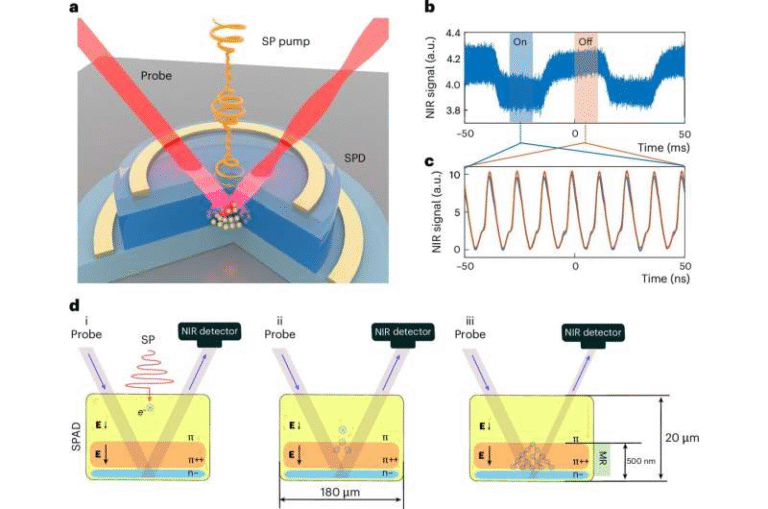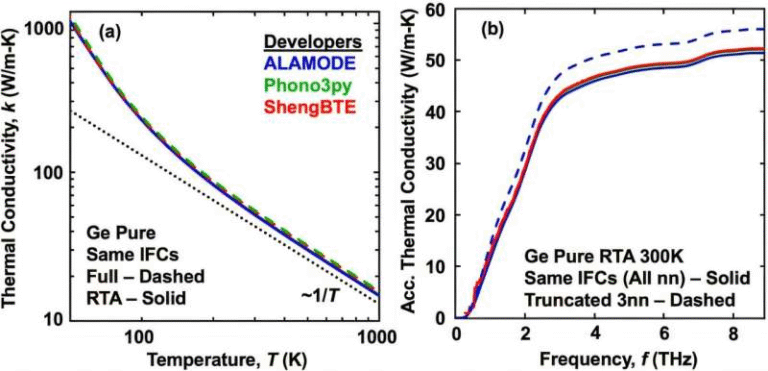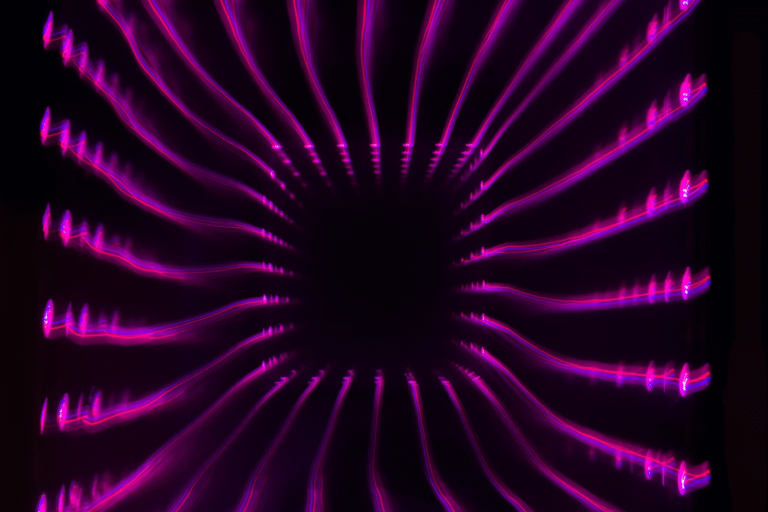New Spectral Shaper Controls 10,000 Laser Comb Lines to Boost Exoplanet Detection and Beyond

Researchers from Heriot-Watt University in the United Kingdom have unveiled a breakthrough technology capable of shaping 10,000 individual lines of light from a laser frequency comb—a precision tool often used to calibrate astronomical instruments. This new spectral shaper can manipulate light across both the visible and near-infrared regions with unprecedented accuracy, promising major advancements in exoplanet detection, as well as in fields like telecommunications, quantum optics, and advanced radar systems.
What Exactly Is a Laser Frequency Comb?
A laser frequency comb is a special kind of laser that emits thousands of equally spaced light frequencies. When viewed as a spectrum, these frequencies appear as a series of sharp lines—like the evenly spaced teeth of a comb. Each line corresponds to a specific optical frequency, making the entire spectrum a kind of optical ruler.
These combs are crucial in high-precision spectroscopy, where scientists study how light interacts with matter. In astronomy, they’re used to calibrate spectrographs—instruments that analyze the light coming from distant stars. By providing a precise and stable reference, frequency combs allow astronomers to detect tiny shifts in starlight caused by the gravitational tug of orbiting planets. The challenge has always been achieving enough precision to detect Earth-sized exoplanets, whose subtle effects on their host stars are incredibly small.
The Spectral Shaper: A Major Leap in Control
Led by Professor Derryck T. Reid, the Heriot-Watt team developed a spectral shaper that can control each of 10,000 comb lines individually. That’s about ten times more than what previous technologies could handle, which typically managed only hundreds of lines.
This device doesn’t just fine-tune light intensity—it allows scientists to sculpt the spectrum into virtually any desired pattern. Whether flattening the intensity across all comb lines, isolating particular regions of the spectrum, or even encoding images within the light, the researchers demonstrated remarkable versatility.
For instance, they mapped each comb line to a unique group of pixels on a spatial light modulator (SLM)—a programmable device that can control light intensity and phase at the pixel level. By comparing the actual output spectrum to a target shape, their algorithm adjusted the SLM repeatedly until the match was nearly perfect.
The team demonstrated that the shaper could manage 10,000 individual modes (or “teeth” of the comb) spanning wavelengths from 580 to 950 nanometers, a range covering both visible red light and near-infrared. That’s a bandwidth-to-resolution ratio of more than 20,000, meaning the device can control a huge spread of frequencies with extremely fine detail.
Previous attempts at such control achieved only a few hundred modes, with ratios closer to a few thousand. This represents a tenfold improvement in performance.
Why Astronomers Are Excited
Astronomers are always searching for ways to increase the precision of their measurements. When observing starlight, even a minuscule shift in wavelength can signal the presence of a planet. The challenge is that these shifts are often smaller than the natural instabilities of even the best spectrographs.
That’s where the laser frequency comb comes in—it acts as a precise calibration ruler, helping astronomers distinguish true stellar motion from instrument noise. However, any irregularities in the comb’s spectrum can reduce accuracy. The new spectral shaper fixes that by flattening and equalizing all comb lines, ensuring a consistent signal across the entire bandwidth.
The Heriot-Watt team is already planning to test their system on the Southern African Large Telescope (SALT), one of the largest optical telescopes in the Southern Hemisphere. These real-world trials will help determine how well the spectral shaper performs under actual observing conditions.
If successful, this could be a game-changer for exoplanet hunting, making it possible to detect smaller and more Earth-like worlds around distant stars.
How It Works in Detail
Traditional spectral shapers use components like prisms or diffraction gratings to spread light into a line spectrum. The new device goes a step further, using a two-dimensional configuration inspired by the spectrographs found in major observatories. Instead of mapping light along one axis, the team created a 2D grid of spectral information that matches the layout of the spatial light modulator.
By doing this, each comb line could be mapped to its own region on the SLM. The SLM then adjusts the amplitude of each comb line independently, allowing the researchers to “sculpt” the overall spectral shape with extreme precision.
For fun, the team even programmed images—like a silhouette of the Optica journal’s cat mascot and a photo of a researcher’s dog—into the spectrum. These demonstrations show just how fine and flexible the control has become.
The Bigger Picture: Why This Matters Beyond Astronomy
While the immediate goal is to improve astronomical spectrograph calibration, the potential uses of this technology go far beyond space science.
- Telecommunications: Controlling light precisely across wide bandwidths could improve signal fidelity and data transfer rates, supporting faster and more efficient internet systems.
- Quantum optics: In quantum communication and computing, precisely shaped light allows for better manipulation of quantum states, which can enhance performance and reduce errors.
- Advanced radar systems: High-frequency optical signals shaped in this way could enable radar technologies with improved resolution and accuracy.
Essentially, anywhere that relies on the shape and stability of light could benefit from this innovation.
What’s Next for the Researchers
The Heriot-Watt team has so far tested the system in a laboratory-based spectrograph, rather than a full-scale telescope environment. The next step will be deploying it in real astronomical settings to see how it performs with atmospheric interference, temperature variations, and other practical challenges.
They’re also exploring ways to extend the technology beyond amplitude control to include phase control, which would make it even more powerful. Full amplitude-and-phase control would allow complete waveform shaping of each comb line, opening possibilities for entirely new types of light-based experiments and measurements.
Understanding Bandwidth and Resolution
A bandwidth-to-resolution ratio of 20,000 is an important metric here. The bandwidth represents the full range of light frequencies being controlled—roughly 280 to 950 nanometers—while the resolution relates to how finely each individual frequency can be tuned.
A high ratio means the system can cover a broad spectral range while maintaining control over extremely fine details within that range. This balance of breadth and precision is exactly what’s needed for top-tier astronomical instruments.
Why Controlling 10,000 Modes Is a Big Deal
The jump from a few hundred to 10,000 independently controlled modes marks a huge leap in optical engineering. More modes mean greater flexibility, better uniformity, and higher calibration accuracy. In astronomy, this could translate to improved radial-velocity sensitivity—a key factor in detecting the tiny motions of stars caused by orbiting planets.
Beyond that, this kind of control could also enable programmable optical waveforms, custom-tailored for different scientific applications. Imagine a single laser source that can change its spectral profile instantly, optimized for whatever experiment or instrument it’s connected to.
The Road Ahead
While the technology is still in its experimental phase, the results so far are extremely promising. The team’s approach could redefine how frequency combs are used not just in astrophysics, but across multiple scientific and industrial domains.
If the upcoming telescope trials prove successful, future observatories may rely on spectral shapers like this one to calibrate their instruments with an accuracy never before possible. Detecting Earth-like exoplanets—those that orbit Sun-like stars at just the right distance—could soon become more achievable thanks to this innovation.
Research Reference:
Line-by-line control of 10,000 modes in a 20 GHz laser frequency comb – Optica (2025)





